Home>diy>Building & Construction>What Is Pre-Commissioning In Construction
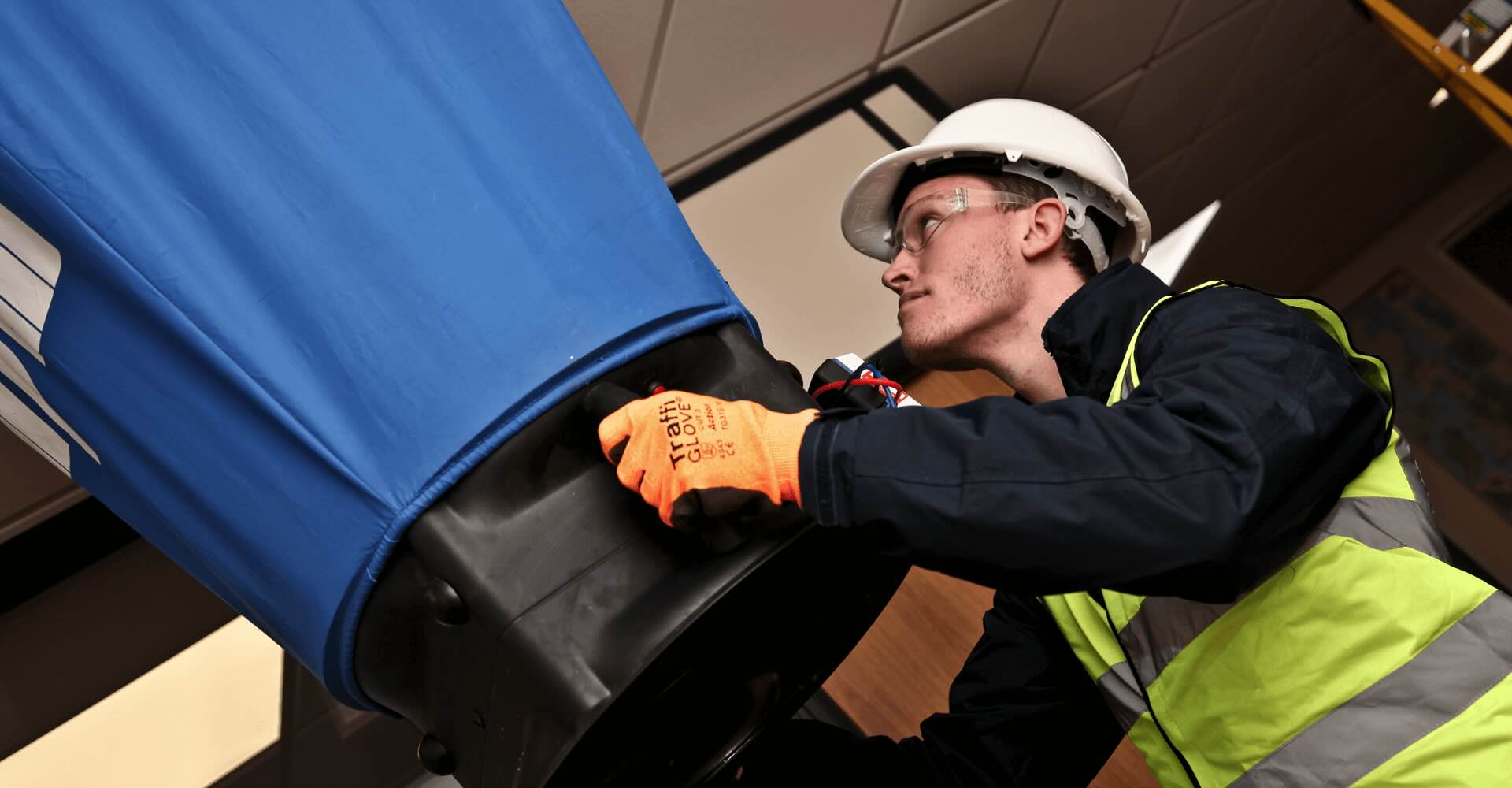

Building & Construction
What Is Pre-Commissioning In Construction
Modified: December 7, 2023
Discover the significance of pre-commissioning in building construction projects. Gain insights into its role in ensuring the flawless operation of systems and equipment.
(Many of the links in this article redirect to a specific reviewed product. Your purchase of these products through affiliate links helps to generate commission for Storables.com, at no extra cost. Learn more)
Introduction
Welcome to the world of construction! Building and construction projects require meticulous planning and execution to ensure that everything runs smoothly and efficiently. One crucial aspect of the construction process is pre-commissioning. In this article, we’ll delve into the ins and outs of pre-commissioning in construction, exploring its definition, purpose, process, activities, importance, challenges, risks, and benefits.
Pre-commissioning plays a vital role in the overall success of a construction project. It involves a series of systematic tests, inspections, and preparations to verify that all systems and components of a building are ready for operation. By conducting thorough pre-commissioning activities, construction professionals can identify and address any issues or discrepancies, ensuring that the building is safe, functional, and compliant with industry standards.
So, what exactly is pre-commissioning? Let’s explore this further!
Key Takeaways:
- Pre-commissioning in construction ensures that buildings are safe, functional, and compliant with industry standards by conducting thorough tests, inspections, and preparations before occupancy or use.
- Proper pre-commissioning offers benefits such as issue identification, enhanced functionality, safety assurance, energy efficiency, and customer satisfaction, contributing to the success and longevity of building projects.
Definition of Pre-Commissioning
Pre-commissioning refers to the set of activities conducted before a building or facility is officially commissioned and handed over to the owner or client. It is a crucial phase in the construction process, aimed at ensuring that all systems, components, and equipment within the building are installed correctly, function properly, and meet the desired performance standards.
During pre-commissioning, various tests and inspections are carried out to verify the functionality, reliability, and safety of the building’s systems. This includes electrical systems, HVAC (Heating, Ventilation, and Air Conditioning) systems, plumbing, fire protection systems, lighting, security systems, and more. By thoroughly evaluating these critical elements, any deficiencies or malfunctions can be identified and rectified before the building is occupied or put into use.
Pre-commissioning also involves the documentation of all systems and equipment, including their specifications, operating manuals, maintenance requirements, and operational procedures. This documentation serves as a valuable resource for future reference and maintenance, ensuring that the building continues to operate efficiently throughout its lifespan.
Furthermore, pre-commissioning is not limited to new construction projects alone. It is equally essential for renovation and retrofit projects, where existing systems may need to be upgraded, modified, or integrated with new equipment. In such cases, pre-commissioning helps to verify the compatibility and seamless operation of the existing and new systems, minimizing downtime and disruption during the transition phase.
In summary, pre-commissioning is a comprehensive process that involves evaluating, testing, and documenting the systems and components of a building to ensure their proper functioning, reliability, and compliance with regulatory standards. Let’s now explore the purpose and goals of pre-commissioning in construction.
Purpose of Pre-Commissioning
The primary purpose of pre-commissioning in construction is to ensure that all systems and components within a building are ready for operation before it is handed over to the owner or client. The process aims to achieve the following goals:
- Functional Validation: Pre-commissioning activities verify that all systems and equipment installed in the building are functioning as intended. Testing is conducted to ensure that electrical systems are delivering power correctly, HVAC systems provide adequate heating and cooling, plumbing systems are leak-free, fire protection systems are operational, and all other essential components are working effectively. This validation helps to identify any issues or deficiencies that need to be addressed before occupancy or use of the building.
- Ensuring Safety: Safety is a paramount concern in construction projects. Pre-commissioning includes rigorous inspections and tests to ensure that all safety systems, such as fire alarms, smoke detectors, emergency exits, and sprinkler systems, are in proper working condition. By identifying and rectifying any safety hazards or malfunctions during the pre-commissioning phase, potential risks can be mitigated, and the safety of occupants or users of the building can be assured.
- Compliance with Standards: Building codes, regulations, and industry standards set specific requirements for various systems within a building. Pre-commissioning ensures that the building meets all these necessary standards. By conducting tests and inspections, construction professionals can validate the compliance of electrical, mechanical, plumbing, and other systems with the applicable codes. This helps to avoid non-compliance issues, costly penalties, and disputes related to safety and performance standards.
- Optimization of Performance: The pre-commissioning phase allows for the optimization of systems’ performance. By conducting tests and adjustments, construction professionals can fine-tune the operation of HVAC systems, lighting controls, energy management systems, and other components to achieve optimal efficiency and performance. This optimization not only benefits the occupants or users by providing comfortable and functional spaces but also contributes to energy conservation and cost savings.
- Documentation and Knowledge Transfer: Pre-commissioning involves comprehensive documentation of all systems, equipment, and their specifications, operation manuals, and maintenance requirements. This documentation becomes a valuable resource for future operation, maintenance, and troubleshooting. It facilitates proper knowledge transfer to facility management personnel, ensuring smooth operation and seamless maintenance of the building.
By fulfilling these purposes and achieving the stated goals, pre-commissioning plays a crucial role in ensuring the successful transition from construction to occupancy, enhancing the functionality, safety, compliance, and performance of the building. Now that we understand the purpose of pre-commissioning, let’s explore the process and activities involved.
Pre-Commissioning Process
The pre-commissioning process in construction follows a structured approach to ensure thorough testing, verification, and preparation of all systems and components within a building. While the specifics may vary depending on the project and building type, the general pre-commissioning process typically involves the following stages:
- Planning and Preparation: This initial stage involves developing a comprehensive pre-commissioning plan. The plan outlines the scope, objectives, timelines, roles, and responsibilities of all stakeholders involved in the process. It also identifies the specific systems and equipment to be tested, the applicable standards and regulations, and the sequence of testing and inspections to be conducted.
- Documentation Review: Before the physical pre-commissioning activities begin, construction professionals review the documentation related to all systems, equipment, and installations within the building. This includes verifying the accuracy and completeness of operation manuals, maintenance requirements, specifications, and other relevant documents. Any discrepancies or missing information can be addressed and rectified at this stage.
- Visual Inspections: Construction professionals conduct visual inspections of all components and systems to ensure that they are installed correctly and in compliance with design specifications. This includes checking for any visible defects, improper connections, inadequate support structures, or other installation issues that may need to be resolved before proceeding with functional testing.
- Functional Testing: The heart of the pre-commissioning process is the functional testing of all systems. This involves conducting a series of performance tests to assess the functionality, reliability, and performance of electrical, mechanical, plumbing, fire protection, security, and other systems. Specific tests may include power distribution testing, lighting controls testing, HVAC system balancing, water pressure testing, alarm system testing, and more.
- Calibration and Adjustments: Based on the results of functional testing, adjustments and calibration of systems are performed to optimize their performance. This includes adjusting HVAC controls, calibrating sensors and meters, balancing airflows, and ensuring proper functioning of control panels and devices. Changes are made to ensure that systems are operating efficiently and within the required performance parameters.
- Final Inspections and Acceptance: Once all systems have been tested, adjusted, and calibrated, a final inspection is conducted to verify their compliance with the determined criteria and standards. Construction professionals review the test results, documentation, and any outstanding issues to ensure that the building is ready for occupancy or use. When all requirements are met, the pre-commissioning process is considered complete, and the building is ready for official commissioning and handover.
The pre-commissioning process is a critical step in ensuring the functionality, safety, and compliance of a building. By adhering to this structured approach, construction professionals can identify and address any potential issues or deficiencies, leading to a successful and smooth transition to occupancy or use. Now, let’s explore some of the specific activities involved in the pre-commissioning phase.
Pre-Commissioning Activities
Pre-commissioning activities encompass a wide range of tests, inspections, and preparations that are conducted to ensure the readiness of a building for operation. These activities vary depending on the complexity of the project and the specific systems and equipment involved. However, some common pre-commissioning activities include:
- Testing and Verification: This involves carrying out tests to verify the functionality and performance of various systems. For example, electrical testing may include insulation resistance testing, continuity testing, voltage drop testing, and load testing. HVAC system testing may involve balancing airflows, temperature control, and humidity control verification. Plumbing systems are tested for leaks and proper water flow. Fire protection systems are tested by activating smoke and heat detectors, testing sprinklers, and conducting alarm system tests.
- Instrumentation and Control Checks: In this activity, the performance and calibration of instrumentation and control devices are verified. This includes checking the accuracy of sensors, meters, gauges, and controllers. The calibration of devices is adjusted to ensure accurate measurement, monitoring, and control of various systems within the building.
- Operation and Performance Testing: Systems and equipment are operated under normal conditions to assess their performance. For example, lighting systems are tested to ensure proper illumination levels and control functionality. HVAC systems are evaluated for cooling and heating capacity, air distribution, and temperature control. Plumbing systems are tested for water pressure, flow rates, and drainage performance.
- Commissioning of Safety Systems: This activity focuses on ensuring the proper functioning of safety systems. Fire protection systems are tested to verify the activation of alarms, operation of sprinklers, and functionality of fire suppression systems. Emergency lighting systems are checked for proper illumination during power outages. Exit signs and emergency exit doors are inspected to ensure visibility and accessibility.
- Documentation and Record Keeping: Documentation plays a crucial role in the pre-commissioning process. Construction professionals create and maintain records of all tests, inspections, and adjustments performed, as well as any issues or deficiencies identified and resolved. This documentation serves as a reference for future maintenance, troubleshooting, and regulatory purposes.
- Training and Familiarization: Pre-commissioning may also involve training sessions for building operators and facility management personnel. They are educated on the operation, maintenance, and troubleshooting of various systems within the building. This helps to ensure the smooth functioning and efficient management of the building after it is handed over.
These pre-commissioning activities are designed to systematically evaluate, validate, and prepare all systems and components within a building. By conducting these activities, any issues or deficiencies can be identified and rectified before occupancy or use, ensuring a safe, functional, and compliant building. Now that we understand the activities involved in pre-commissioning, let’s explore the importance of this process in the construction industry.
Pre-commissioning in construction involves testing and preparing systems before they are fully operational. It’s important to follow manufacturer’s guidelines and industry standards to ensure proper functioning.
Read more: What Does Commissioning Mean In Construction
Importance of Pre-Commissioning in Construction
Pre-commissioning is a crucial phase in the construction process, playing a pivotal role in ensuring the success and quality of a building project. Here are some key reasons why pre-commissioning holds immense importance in construction:
- Quality Assurance: Pre-commissioning activities help to identify and address any issues or deficiencies in the building’s systems and components before occupancy or use. This ensures a higher level of quality and functionality, minimizing the risk of failures, disruptions, and costly repairs in the future.
- Compliance with Standards: Pre-commissioning verifies that all systems and equipment within the building meet the required regulatory and industry standards. By ensuring compliance, the building is safe for occupants and users, and the risk of legal and regulatory non-compliance issues is reduced.
- Operational Efficiency: Through thorough testing and adjustments, pre-commissioning optimizes the performance of systems and equipment. This leads to improved operational efficiency, lower energy consumption, and reduced operational costs in the long run.
- Safety Assurance: Pre-commissioning focuses on testing and verifying the functionality of safety systems, such as fire alarms, smoke detectors, emergency lighting, and sprinkler systems. This ensures the safety of occupants or users in the event of emergencies.
- Certification and Compliance: Many building projects require certification or compliance with specific standards, such as LEED (Leadership in Energy and Environmental Design) certification. Pre-commissioning helps to meet these requirements and obtain the necessary certifications, improving the marketability and value of the building.
- Long-Term Durability: By identifying and rectifying potential issues or deficiencies early on, pre-commissioning ensures the long-term durability of the building’s systems and components. This reduces the need for frequent repairs and replacements, extending the lifespan of the building.
- Smooth Transition to Occupancy: Thorough pre-commissioning activities minimize operational disruptions and ensure a smooth transition from construction to occupancy. It allows owners or clients to have a fully functional and safe building to occupy, saving time and reducing inconvenience.
- Customer Satisfaction: Pre-commissioning contributes to overall customer satisfaction by delivering a high-quality, safe, and efficient building. Meeting or exceeding client expectations enhances the reputation of the construction company and leads to potential referrals and future business opportunities.
In summary, pre-commissioning is of utmost importance in construction projects. It ensures quality, compliance, operational efficiency, and safety, thereby enhancing the overall value and success of a building. By investing time and resources into pre-commissioning activities, construction professionals can ensure a smooth and successful handover of the building to the owner or client. However, pre-commissioning also comes with its fair share of challenges and risks, which we will explore in the next section.
Challenges and Risks in Pre-Commissioning
While pre-commissioning is a critical phase in the construction process, it is not without its challenges and risks. Construction professionals need to be aware of these potential hurdles to ensure a successful pre-commissioning process. Here are some common challenges and risks associated with pre-commissioning in construction:
- Coordination and Communication: Pre-commissioning involves collaboration between multiple stakeholders, including architects, engineers, contractors, subcontractors, and equipment vendors. Coordinating and communicating effectively among these parties can be challenging, as each has different responsibilities and timelines. Miscommunication or lack of coordination can lead to delays, errors, and conflicts that hinder the pre-commissioning process.
- Complex Systems Integration: Many buildings incorporate complex systems and technologies, such as building automation, advanced HVAC systems, and sophisticated security systems. Integrating these diverse systems and ensuring their seamless operation can be complex and challenging. Compatibility issues, software glitches, and inadequate training can pose risks and delays in the pre-commissioning process.
- Unforeseen Construction Issues: Construction projects often encounter unforeseen issues or changes during the construction phase. These could include design modifications, construction errors, or materials and equipment that do not meet specifications. Discovering such issues during pre-commissioning can pose challenges as they need to be addressed and resolved before the building can be officially commissioned and handed over.
- Testing and Verification Errors: Pre-commissioning involves extensive testing and verification of various systems. Errors or inaccuracies in testing procedures, equipment calibration, or data collection can lead to inaccurate results and false assurances of system integrity. This poses risks in terms of potential system failures or underperformance after occupancy.
- Time and Budget Constraints: Pre-commissioning activities require time and resources. However, there may be time constraints due to project deadlines, or budget limitations that restrict the allocation of sufficient resources for pre-commissioning. These constraints can lead to rushed or incomplete pre-commissioning activities, compromising the thoroughness and effectiveness of the process.
- Occupant Disruption: Pre-commissioning activities often require the building to be empty or minimally occupied. This can be challenging, especially in projects where the construction timeline overlaps with the building’s desired occupancy. Balancing the needs of construction with the need to conduct pre-commissioning activities without disrupting occupants or users of the building can be a significant challenge.
Addressing these challenges and mitigating associated risks requires proactive planning, effective communication, and collaboration among all stakeholders. The key is to identify potential challenges early on, allocate sufficient time and resources, and establish a clear workflow and coordination plan to overcome these hurdles. By navigating these challenges successfully, the benefits and rewards of a well-executed pre-commissioning process can be realized.
Benefits of Proper Pre-Commissioning
Proper pre-commissioning in construction provides several significant benefits that contribute to the success and quality of a building project. Here are some key benefits of a well-executed pre-commissioning process:
- Identifying and Addressing Issues: Pre-commissioning activities allow for the identification and rectification of any issues or deficiencies in the building’s systems and components before occupancy or use. This ensures that potential problems are resolved, thereby reducing the risk of failures, operational disruptions, and costly repairs in the future.
- Enhancing Functionality and Performance: Thorough testing and adjustments during pre-commissioning optimize the functionality and performance of systems and equipment. This leads to improved efficiency, reliability, and energy conservation in the operation of electrical, mechanical, HVAC, plumbing, and other critical systems within the building.
- Ensuring Safety and Compliance: Pre-commissioning focuses on the verification and validation of safety systems, ensuring their proper functionality. This contributes to the safety of occupants or users in the event of emergencies. Additionally, pre-commissioning activities ensure compliance with relevant building codes, regulations, and industry standards, reducing the risk of legal and regulatory non-compliance issues.
- Prolonging Equipment Lifespan: By identifying and addressing issues early on, pre-commissioning helps to extend the lifespan of building systems and components. Problems such as faulty equipment, improper installation, or incorrect calibration can be resolved, minimizing premature wear and tear and increasing the durability and reliability of the building’s infrastructure.
- Optimizing Energy Efficiency: Pre-commissioning activities optimize energy-consuming systems, such as HVAC, lighting, and controls. By fine-tuning these systems, energy usage can be optimized, leading to reduced energy consumption, lower utility costs, and a more sustainable building operation.
- Ensuring Smooth Transition to Occupancy: A well-executed pre-commissioning process ensures that the building is ready for occupancy or use by thoroughly evaluating and preparing all systems. This results in a smooth transition for occupants, minimizing operational disruptions and ensuring that the building performs as intended from day one.
- Enhancing Customer Satisfaction: By delivering a high-quality, functional, and safe building, proper pre-commissioning contributes to customer satisfaction. Owners or clients are more likely to be satisfied with a building that meets their expectations in terms of performance, safety, and reliability. This can lead to positive reviews, referrals, and future business opportunities for construction professionals.
In summary, proper pre-commissioning in construction offers numerous benefits, including issue identification and resolution, enhanced functionality and performance, safety assurance, improved equipment lifespan, energy efficiency, smooth occupancy transition, and increased customer satisfaction. By investing in thorough pre-commissioning activities, construction professionals can ensure the success and longevity of a building project. Now, let’s wrap up our discussion on pre-commissioning.
Conclusion
Pre-commissioning is a critical phase in the construction process that ensures the functionality, safety, and quality of a building before it is officially commissioned and handed over to the owner or client. Through a series of tests, inspections, and preparations, pre-commissioning identifies and addresses any issues or deficiencies in the building’s systems and components. This process plays a vital role in achieving operational efficiency, compliance with regulatory standards, and long-term durability.
By conducting thorough pre-commissioning activities, construction professionals can optimize the performance of electrical, mechanical, HVAC, plumbing, and other critical systems within the building. This leads to improved energy efficiency, reduced operational costs, and enhanced occupant comfort. Additionally, thorough pre-commissioning ensures that safety systems, such as fire protection and emergency lighting, are fully functional, mitigating risks in the event of emergencies.
Proper pre-commissioning also contributes to a smooth transition from construction to occupancy or use. By addressing any potential issues early on, construction professionals can minimize operational disruptions and ensure that the building is ready for official commissioning. This, in turn, enhances customer satisfaction, as owners or clients receive a high-quality, safe, and functional building that meets their expectations.
However, pre-commissioning comes with its fair share of challenges and risks, including coordination and communication issues, complex systems integration, unforeseen construction issues, and time and budget constraints. Construction professionals must address these challenges proactively to ensure a successful pre-commissioning process.
In conclusion, pre-commissioning is a crucial step in the construction process that should not be overlooked. By investing time and resources into thorough pre-commissioning activities, construction professionals can deliver buildings that are safe, functional, energy-efficient, and compliant with industry standards. This, in turn, leads to customer satisfaction, longevity, and success in the construction industry.
Frequently Asked Questions about What Is Pre-Commissioning In Construction
Was this page helpful?
At Storables.com, we guarantee accurate and reliable information. Our content, validated by Expert Board Contributors, is crafted following stringent Editorial Policies. We're committed to providing you with well-researched, expert-backed insights for all your informational needs.
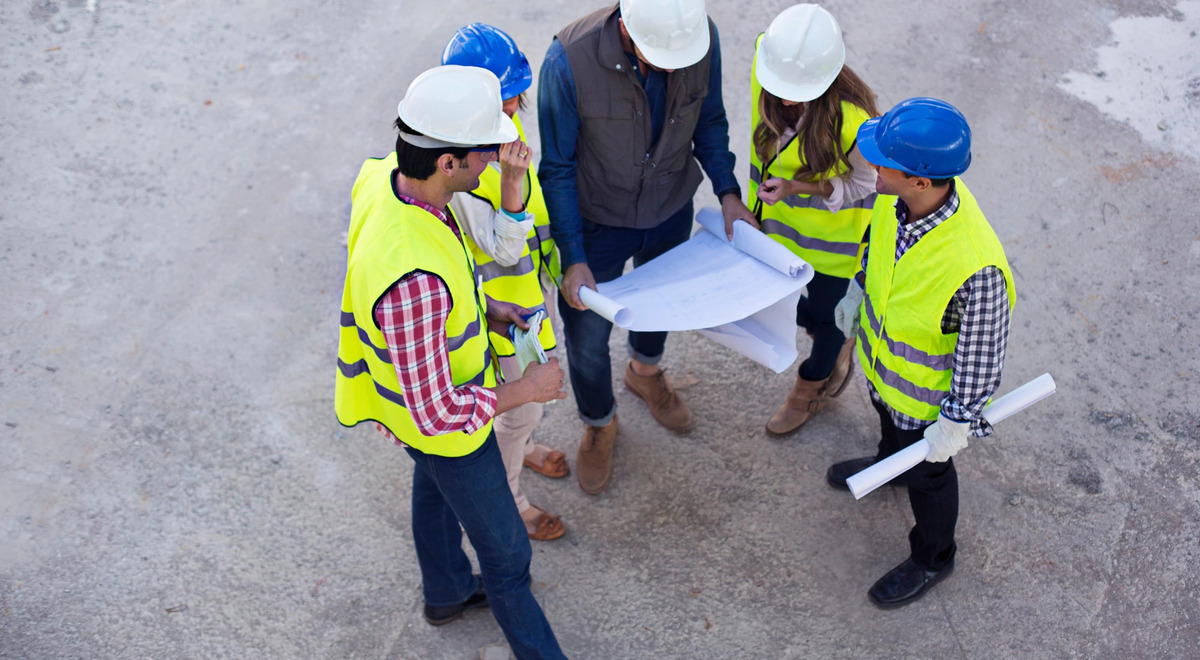



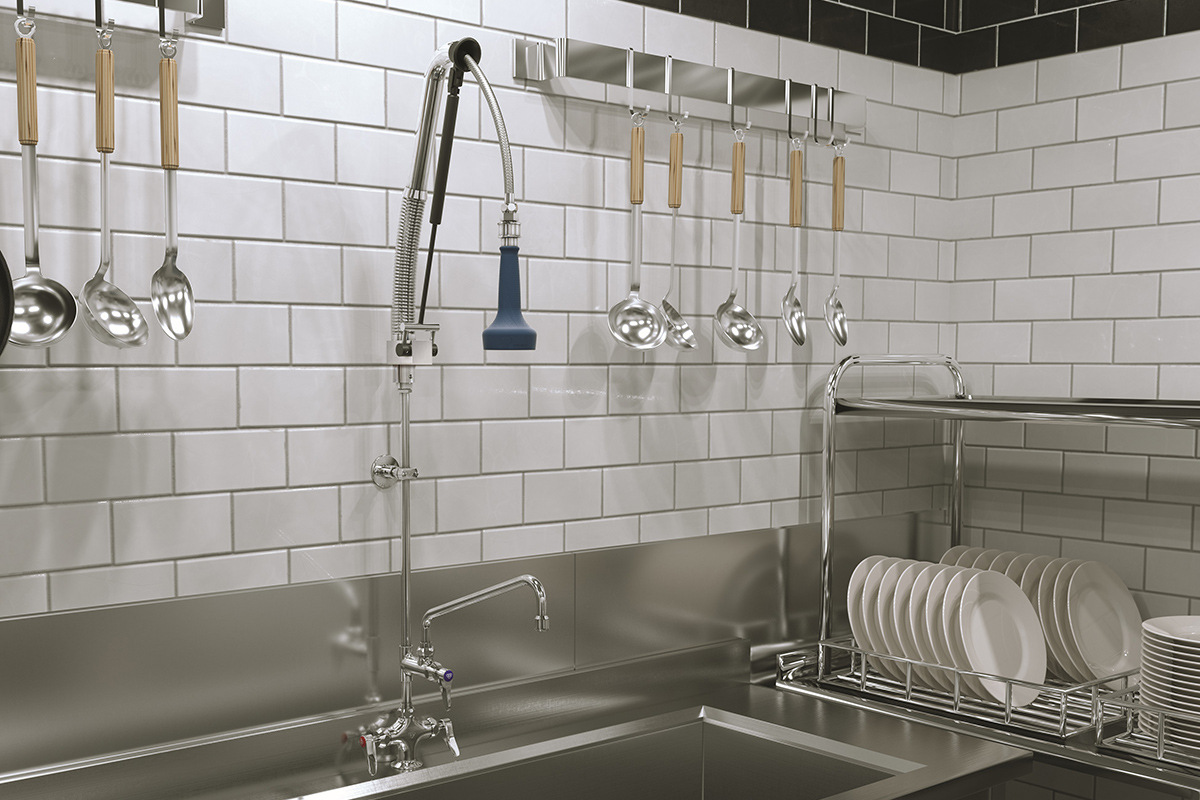
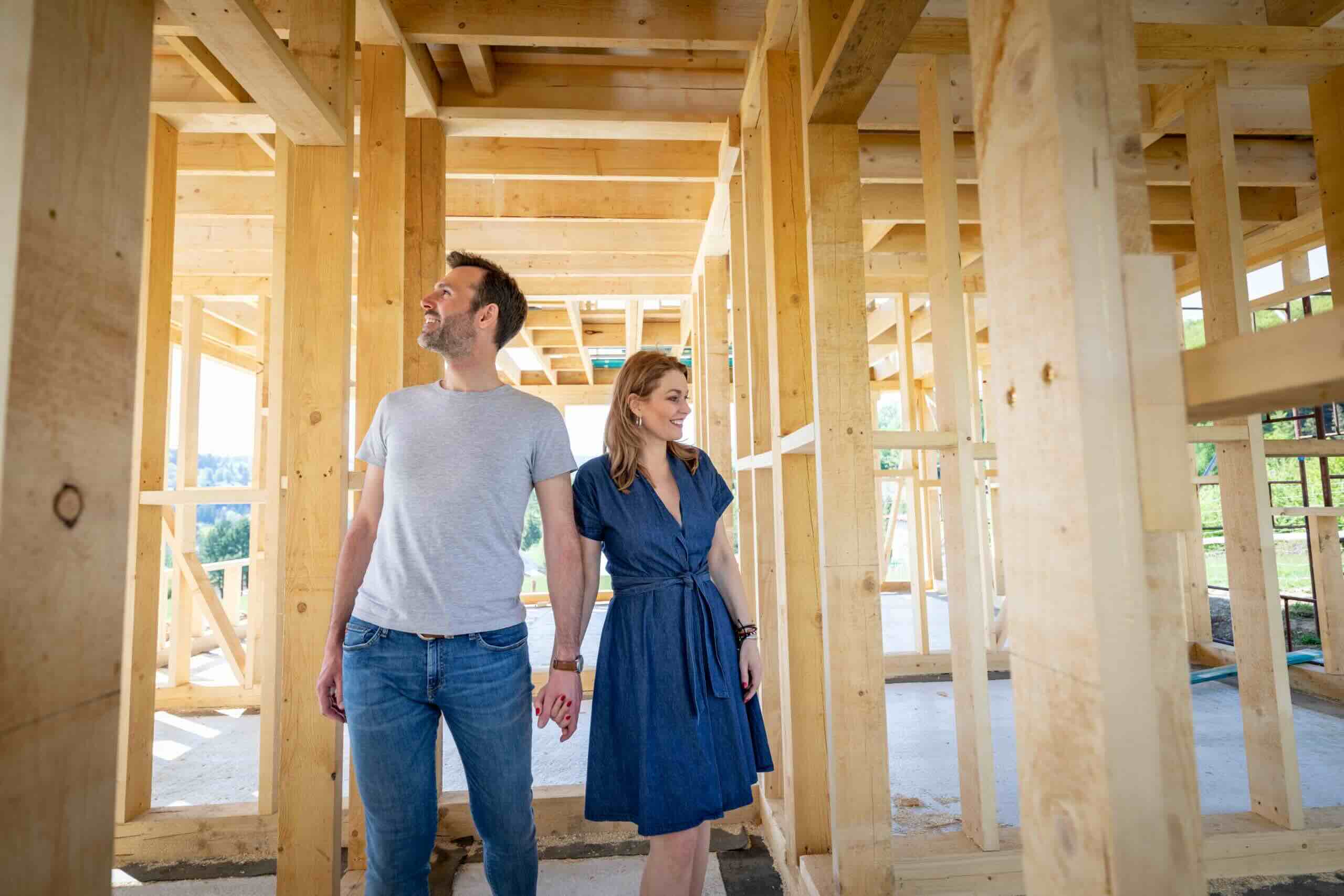

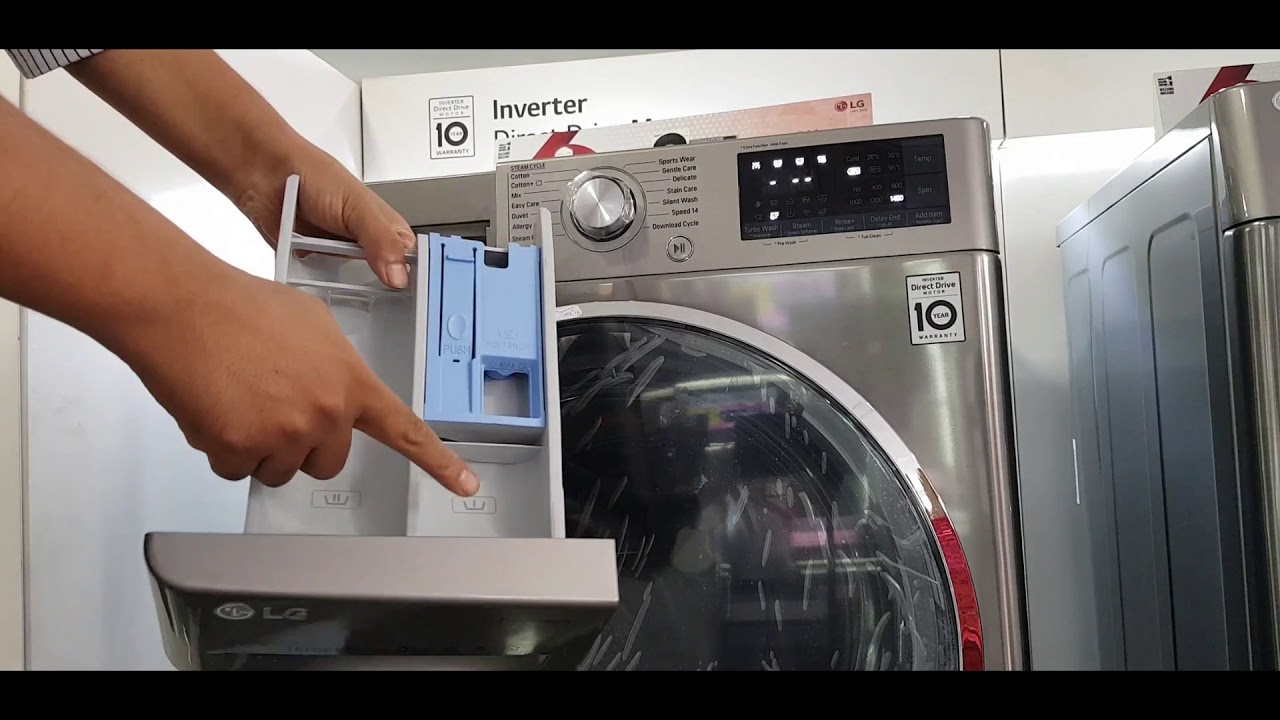





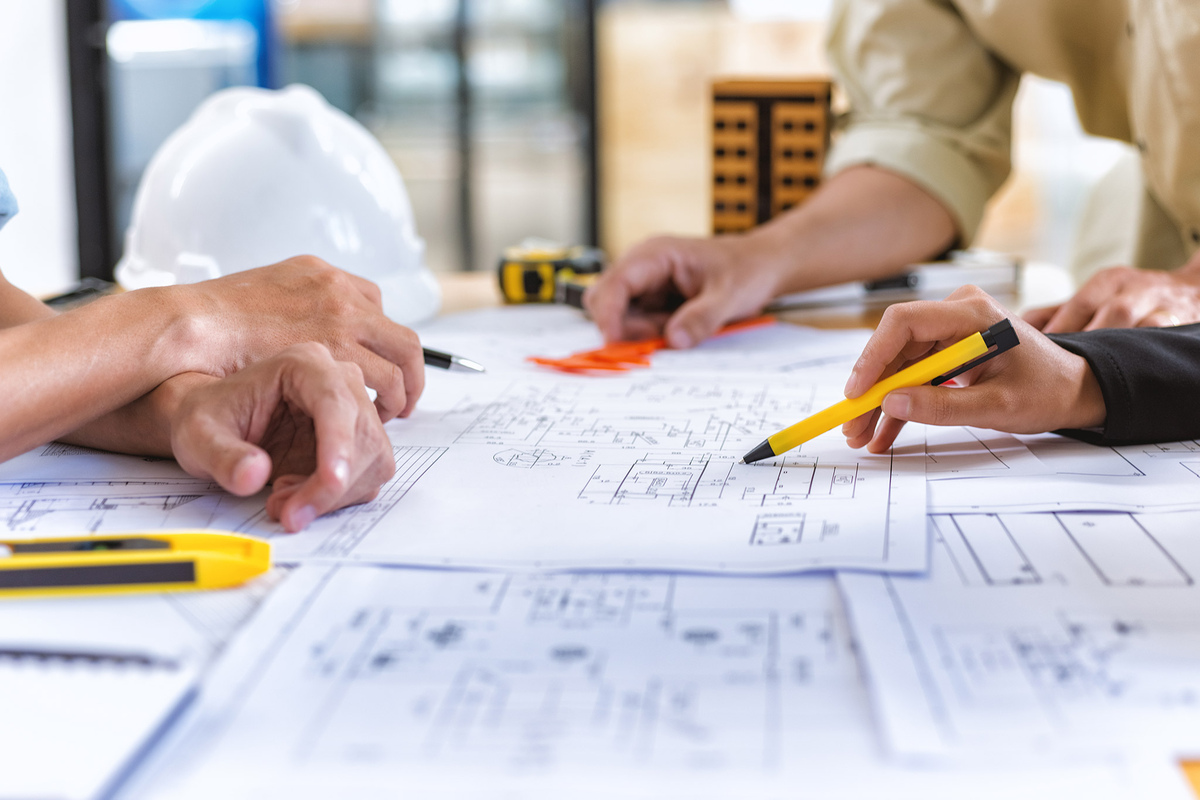

0 thoughts on “What Is Pre-Commissioning In Construction”